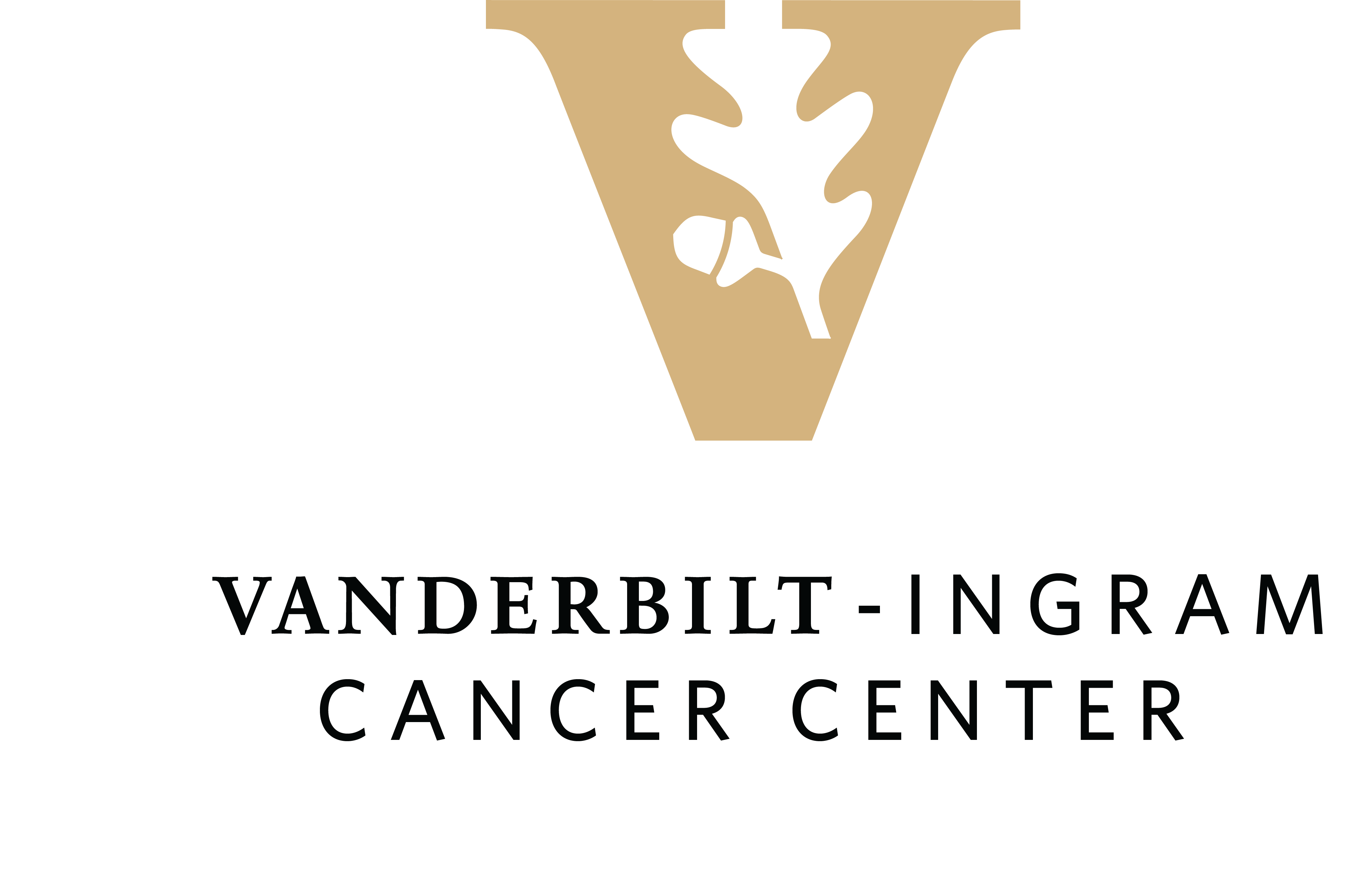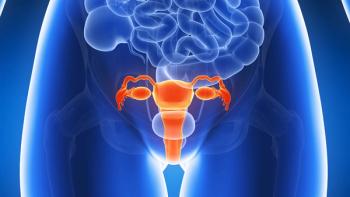
- June 2022
- Volume 16
- Issue 3
The Future of CAR T-Cell Therapy: Will Off-the-Shelf Options Soon Enter the Playing Field?

Approval of off-the-shelf CAR T-Cell therapy options would provide greater accessibility and benefit to patients, say experts.
Chimeric antigen receptor (CAR) T-cell therapy has revolutionized treatment for patients with hematologic malignancies. Many researchers eagerly anticipate the advent of allogeneic CAR T cells, which would help alleviate the long engineering process associated with autologous therapy.
Before CAR T-cell therapy entered the oncology treatment arena, there were patients with hematologic malignancies (ie, diffuse large B-cell lymphoma, acute lymphoblastic leukemia, and mantle cell lymphomas) for whom traditional chemotherapy and immunotherapy were unsuccessful. These patients were often told not much more could be done. However, CAR T-cell therapy has dramatically shifted that narrative to one of possibility and promise.1
Growth in CAR T-cell research is inspiring. In 2017, the FDA approved 2 autologous CAR T-cell therapies. Since then, 3 autologous therapies have been approved and clinical trials for allogeneic CAR T-cell therapies are back on track, offering more hope to patients.
To learn more about these therapies and their impact on patient outcomes, Oncology Nursing News® interviewed Brittney Baer, BSN, RN, patient nurse care coordinator for patients undergoing immune effector cell therapies, at Vanderbilt University Medical Center in Nashville, Tennessee; and Kelly Garvin, BSN, RN, OCN, a lymphoma specialist and primary nurse for Bijal Shah, MD, in the Department of Malignant Hematology, Moffitt Cancer Center in Tampa, Florida. Baer and Garvin are enthusiastic about the trajectory of CAR T-cell therapy and excited about future possibilities. “CAR T-cell therapy has given relapsed/ refractory patients another chance,” Baer said. “Before this treatment was available, they might find themselves running out of options. CAR T-cell therapy allows us to harness their immune system and use it to their advantage.”
Baer said patients are thrilled with the treatment. “It’s a 1-and-done dose unlike chemotherapy and radiation, which require multiple treatment sessions. In addition, the adverse effects are much easier on patients and more transitory than those accompanying traditional therapy. Patients are grateful, even when treatment is not successful, because it provided them with 1 more option.”
“CAR T-cell therapy is a targeted treatment,” Garvin noted. “Unlike traditional treatment—which kills anything dividing, including hair, nail, [gastrointestinal], and bone marrow cells—this therapy is designed to enhance the efficiency of the immune system to kill only the targeted malignancy.”
The CAR T-cell process begins with collection of the patient’s T cells, known as leukapheresis; they are then sent to a manufacturing facility where they go through transduction.2 Transduction allows the expression of receptors on the T cell, which in turn target antigens on malignant cells. The cells are then rigorously checked for quality and purity. The engineering process for autologous CAR T cells can take from 1 to 3 weeks before they are ready to be shipped back to the treatment facility for infusion. “The biggest challenge with autologous therapy is time,” Baer said. “Our patients are quite sick and may not have the time needed to prepare the treatment cells.”
Allogeneic CAR T cells undergo an engineering process like that of autologous therapy. However, because donor cells are used rather than the patient’s cells, allogeneic treatments can be prepared ahead of time and quickly made available. Of primary concern to nurses administering donor cell therapy is monitoring patients for graft-vs-host disease, which is not an issue with autologous therapy.
Although these “off-the-shelf” donor CAR T cells are ready for quick shipment, which is an advantage, patients receiving allogeneic therapy may have significant travel times if they live outside major metropolitan areas where clinical trials are offered. Baer is anxiously awaiting FDA approval for allogeneic CAR T-cell therapy as clinical trials move into phase 2. “Approval would provide greater accessibility and benefit many more patients,” she stated. “Travel concerns and limited access also add to health disparity, which is always concerning.”
Price is another discrepancy between autologous and allogeneic CAR T cells. “Autologous treatment is very expensive, whereas the pharmaceutical company covers the cost of allogeneic cells used in clinical trials,” Baer noted.
Treatment efficacy for both autologous and allogeneic therapy has been described as “dramatic,” with “high rates of complete remission.” Baer and Garvin concur, each having witnessed similar results in their respective clinical settings. Both are hopeful CAR T-cell therapies will expand to include solid tumors and other cancers.
Baer and Garvin would like to see these therapies move into a frontline treatment option. “It would be great if we could also predict which patients will get cytokine release syndrome and other toxicities and intervene quicker,” Garvin added.
CAR T-cell therapy has opened an exciting new door in how we treat cancer, the experts concluded. It continues to signify a big step forward in the fight against this disease.
REFERENCES
1. Muthineni S, Zink K, Kambhampati S. A primer on chimera associated receptor T-cells. Mo Med. 2021;118(5):460-465.
2. Baer B. CAR T-cell therapy: updates in nursing management. Clin J Oncol Nurs. 2021;25(3):255-258. doi:10.1188/21.CJON.255-258
Articles in this issue
over 3 years ago
A Quick Look at the 2022 AACR Annual Meetingover 3 years ago
Caring for a Pregnant Patient With CancerNewsletter
Knowledge is power. Don’t miss the most recent breakthroughs in cancer care.















































































